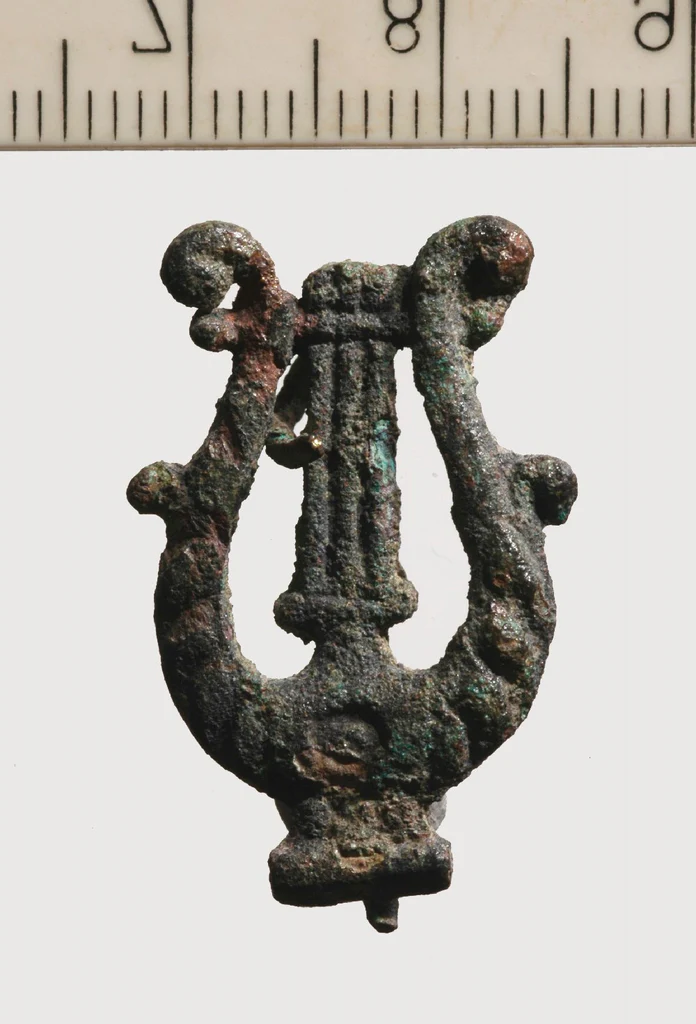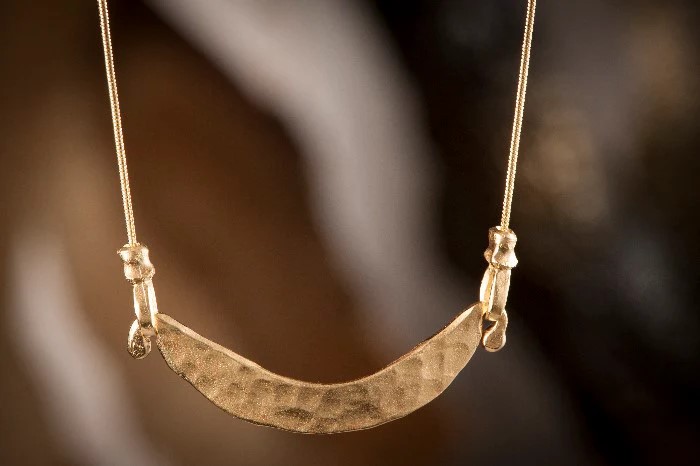What was David’s Harp?
The instrument which the Bible calls a harp, such as in the one mentioned in the verse “Give thanks to God with harp; sing praises to Him with the lyre of ten strings” (Psalms 33:2), is the harp in its ancient form – called a lyre or arched harp.
The arched harp is one of the most ancient musical instruments known to us. It appears in reliefs from Egypt and Mesopotamia dating as far back as the third millennium BCE – about two thousand years before David. Later innovations of the ancient lyre included the angular harp – in which the strings were diagonally stretched between the sound boxes and a standing column, as well as the frame harp, which is the harp we are familiar with today. However, these styles did not exist during David’s period. As mentioned, the instrument upon which David played was apparently the arched harp – “David’s Harp.”
A Skillful Player on the Harp
David’s character is multifaceted – a shepherd, warrior, leader, king – but before all of these aspects, David is known as a “skillful player.” Although David is also “a mighty man of valor, and a man of war, and prudent in affairs, and a comely person,” he is firstly known as a “skillful player.”
In the verses of the Psalms as well, David’s harp has a significant presence – “Thank God with the harp” (Chapter 33), “I will thank you with the harp, God my Lord” (Chapter 43), “Awaken me, lyre and harp, I will awaken the dawn” (Chapter 57), and more.
Correspondingly, King David’s character as the harp player, perhaps even more than David as the warrior or even the king – was a source of inspiration throughout the generations.
One of the beautiful examples of this theme is a mosaic located in the ancient synagogue in Gaza, studied by Professor Michael Avi-Yonah. The breathtaking mosaic was uncovered on the floor of the synagogue depicting, among other images, the image of David playing the harp:
Why is the character of David playing the harp more significant than David’s character as a warrior, king, conqueror – and even builder of Jerusalem?
Perhaps the answer to this question is related to the burden we carry with us – David’s kingdom fell at the hand of the Babylonians at the end of the first Temple era; the Davidic dynasty disappeared at the beginning of second Temple era; Jerusalem was destroyed twice. However, the book of Psalms, the book of David the harp player, survived all of the tests of time. There is nothing that can touch the book of Psalms, whose chapters accompany us until this day during times of trouble and moments of gratitude, during every prayer, in our hymns and songs.
David’s Harp
David’s harp became a very significant visual image, identified with David’s character and expressing the spiritual aspects of his personality as the author of the book of Psalms, the book that still accompanies us today just as it did at the time it was written. For this reason, the arched harp – David’s harp – was chosen as the symbol of the City of David.
During the sifting work of the rubble from the Temple Mount, overseen by Dr. Gabi Barkai and Yitzchak Devira at Emek Zurim, a unique artifact was discovered – a medallion designed in the shape of David’s harp, almost identical in its shape to the City of David’s symbol. Identification of the medallion took a significant amount of time – it was difficult to date it, and even more difficult to figure out who it was used by – but the charm of the medallion was magnificent. Here was a miniature David’s harp that had been buried under the rubble of the Temple Mount, for who knows how many years.




